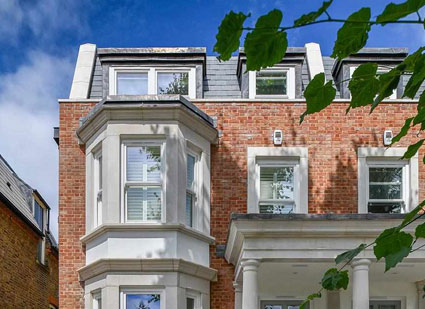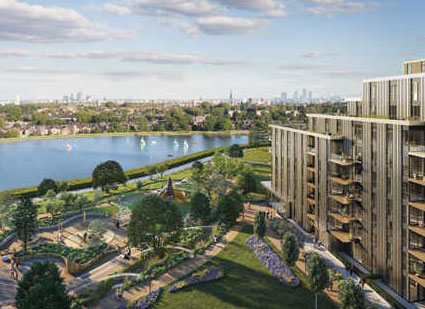Conveyancing
Conveyancing is the process of legally transferring home ownership from you, the seller, to the buyer. It starts from making an offer and finishes when you hand over the keys to the buyer. Understanding it will help ensure you don’t suffer any nasty surprises
Who does the conveyancing?
- A solicitor or conveyancer usually conducts the conveyancing process.
Before the exchange of contracts
- Engage an estate agent, negotiate and accept an offer on the sale price
- Instruct a solicitor or conveyancer to do the conveyancing. To reduce delays, it is probably best to have chosen which solicitor or conveyancer you want to use around the time you choose the estate agent, tell them you want to sell, and agree fees. However, you only instruct them to start work after you have a formal offer.
- Complete a number of detailed questionnaires about the property and what you intend to include with the sale, which will be provided to you by your solicitor/conveyancer:
- The (TA 6) is a general questionnaire and includes information on boundaries, disputes and complaints (like reported noisy neighbour complaints or boundary disputes), known proposed developments (like motorways or railways), building works, council tax, utilities, sewerage, contact details.
- If you do not own the freehold, you should give more information on either the leasehold (TA 7) or the commonhold (TA9).
- The (TA 10) provides details of which fittings and fixtures you would like to include with the property
- The (TA 13) is more technical, but also includes finalisation details including arrangements to hand over the keys, how and where you will complete, and ensuring that the house is free of all mortgages and liability claims.
- You must fill these forms out truthfully and to the best of your knowledge; if it later transpires that you have not been fully truthful you could be sued for compensation. Or, if they find out before exchange of contracts, it might make the buyers nervous that you are misleading them about other things and they may pull out.
- Your solicitor/conveyancer uses the questionnaire information to draw up a draft contract. This is sent to the buyer for approval.
- Negotiations over the draft contract. Things to agree include:
- date of completion (usually 7-28 days after the exchange of contracts)
- what fixtures and fittings will be included in the sale price
- how much they pay for other fixtures and fitting
- The buyer would often also have had a survey conducted on your property. If the survey flags up anything major – for example, the need for significant roof repairs – you may have to negotiate over who will fix this or even renegotiate over the sale price.
- You must plan to pay off your mortgage, by requesting a redemption figure from your mortgage company. This is how much you pay upon completion of the sale
Exchanging contracts
- You and the buyer will have agreed on a date and time to exchange contracts. At that time your solicitor or conveyancer will exchange contracts for you.
- This is usually done by both solicitors/conveyancers making sure the contracts are identical, and then immediately sending them to one another in the post.
- If you or the buyers are in a chain the solicitors/conveyancers will do the same thing, but will only release it if the other people in the chain are all happy to go ahead. This means if one person pulls out or delays, then everyone in the chain gets held up.
- Once you have exchanged contracts you will be in a legally binding contract to sell the property.
- This means if the buyer does not complete the purchase, you will probably keep their deposit; you can also sue them.
- If you pull out, they can sue you.
- You can no longer accept another offer.
Between exchange and completion
- Immediately after exchange you should receive the buyer’s deposit – usually 10% of the property price.
- You own the property until completion, and so there is no need to move out before then. However, it will be a lot less stressful if you can move out some days before, rather than leaving it to the last minutes.
- You should go around the property before you complete ensuring that everything that was on the fixtures and fittings inventory list is still in the property.
On completion day
- You hand over the keys. In practice, the buyer normally gets the keys from the estate agent, and you leave any spare sets you have in the property.
- You or your conveyancer/solicitor will receive the outstanding balance of sale price.
- You – or your solicitor/conveyancer – will hand over the legal documents that prove ownership.
- Any outstanding mortgage on the property can now be paid off from the proceeds of the sale. The solicitor/conveyancer will normally do this.
After completion
- You will have to pay your solicitor/conveyancer.
- You will have to pay the estate agent.
REQUEST A CALL BACK
The Completed Homes Collection
The Completed Homes Collection showcases a range of homes across the UK that are ready to move into.






